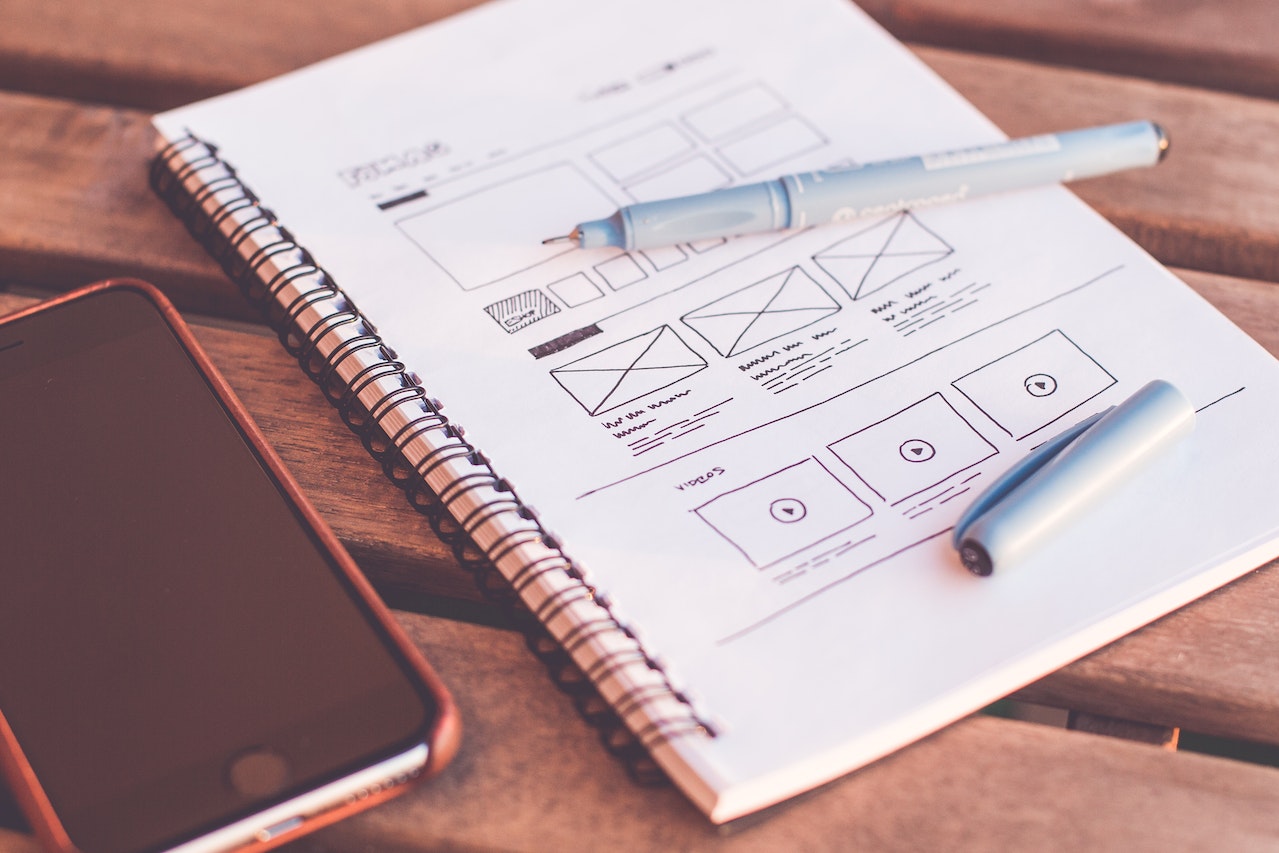What Is SEO For Shopify?
Shopify is one the leading ecommerce platforms used across the world today. Being home to 1.75 million merchants and 457 million buyers from a Shopify store in 2020, it is clear to see the popularity surrounding this platform.
If you have landed on this page, my guess is you are now hearing the word SEO more and more since selling products online. This is short for search engine optimisation, and is the process of optimising your store online in order to gain higher search engine rankings. As an ecommerce business, it is essential that you are focusing on SEO for your store. A huge 87 percent of shoppers begin their product searches online, and you want to be placed above your competitors to land that customer.
When SEO is done successfully, you will have the opportunity to gain a huge number of new customers. Your store will become more visible for the right audience, and your organic traffic will see a great rise.
Now, sounds easy right? Not quite, there are a long list of varying ranking factors which will affect your ranking position. From keywords to imagery, site structure to structured data, there are a world of elements that you can explore to increase your chances of becoming more visible online. However, by understanding the basics you can start to implement some of these tips into your Shopify store, and realise the importance of investing in SEO for your business.
Let’s dive straight into our top 10 Shopify SEO tricks to get your business store landing more customers online!
Top 10 SEO Tips For Shopify
Add Alt-Tags To Images
Image optimisation is essential to accessing new customers. This can be done by adding an alt-tag to your imagery, which will enable crawlers to index your image successfully as it can now understand the context of the image. It is also vital for accessibility by people with disabilities who may be visually impaired. When writing your alt-tag, make sure to exactly describe what the image is of and include the keyword you are looking to rank for.
Targeting Keywords
When you target keywords, this will enable you to become visible in search engines for specific search queries entered. You can get help from a Shopify SEO agency to gain the most accurate and appropriate keyword research for this, where you will have access to information regarding the amount of searches per month, how difficult it will be to rank for and what your competitors are targeting.
Let’s look at this example. Maybe you are selling trainers online? Now, this is quite broad, and narrowing down a list of specific products you sell would be useful. This may be running trainers, stylish trainers or football trainers… Anything you would like to sell! Once targeting one of these keywords such as ‘running trainers’, you can then optimise your product page selling this item with use of all the appropriate keywords, linking, and alt-tags to ensure it can become visible when people are searching this query into search engines.
Enhance The User Experience
There are over 6,000 apps on the Shopify app store to help you create a beautiful user experience for your store, so why not give them a go? Whether that be adding custom fonts through Fontio, offering a personalised shopping experience with Boutiq, or displaying social media images on your storefront with Instagram feed & slider pro…They have it all!
Google and search engines understand websites which have a better user experience. This is through ease of navigation, quick loading speed and a clear site structure. You will also benefit from visitors staying on your site for longer when the look and feel is more professional and engaging for potential customers.
Remove Duplicate Content
Duplicate content can have a major impact on your ranking position. For example, if you have more than one product page with the exact same content, Google may think you are cheating your way to rank higher. This may happen when you create product collections, as the URL will be duplicated with the same content. However, you can use a redirect to fix this.
You should also make sure to check whether multiple pages are competing for the same keyword. This can confuse Google, as they are unsure which one to rank higher. This may result in a page of less importance ranking higher and losing the other principal page.
Add Your SiteMap To Webmaster Tools
Submitting your Shopify sitemap to Google or Bing webmaster tools, such as Google Search Console is key to allowing crawlers to read your website productively. This submission is your way to tell Google which pages in your store are of the most importance, and allows them to be indexed appropriately.
Gain High-Quality Backlinks
Backlinks are where another website links back to your store. Google sees this as your Shopify store being trusted by others, in that the products or services you are providing are proving successful. You may want to contact news sites or bloggers surrounding the sector you are targeting, or tackle local SEO to gain backlinks from websites based in your area. You could also pitch an email for guest blogging, where you write an article for another site on your Shopify store and include a backlink within the content.
Include Correct Internal Linking
Internal linking is key to helping Google navigate round your site and understanding which pages have a high amount of links back to; being of most importance. This helps crawlers index your pages, and rank them appropriately based on hierarchy. On your Shopify store, make sure to link your products back to category pages, this will not only improve your SEO but also the user experience.
Content Marketing
Shopify stores come with a blog feature, which is a great way for you to engage your audience and pull in new customers. Google loves websites that are sharing valuable content for their visitors, and recognise this activity. This section also makes it easier for you to target keywords, especially industry insights, questions, or how-to queries, rather than direct product descriptions. You can also then include graphics or videos here, which can improve time spent on your website and boost your Google rankings.
Optimising Title Tags, Meta-Descriptions & Slugs
When writing your titles, meta-descriptions & slugs make sure to target the keyword you are looking to rank for on that page. This should also be short, punchy and a clear description of the content within, in order for visitors to click through and Google to understand what the page is about. Within your pages, also make sure you are optimising product descriptions, including your keyword within engaging copy along with powerful CTAs.
Integrating With Google Analytics
Google Analytics is used to measure your website’s performance; such as reports on website traffic, bounce rates, session duration and more. This will help you to understand how visitors are interacting with your Shopify Store, and specific areas that you can be making improvements. As you are able to track this performance, you can then make relevant changes in order for Google to rank you more highly.
Your Shopify SEO Agency
At Audeo, we specialise in SEO for Shopify and offer a range of services in order to land you more customers. These include keyword research, link building, content marketing, web design, local SEO and monitoring your site health. With our team you will see your product pages climbing Google rankings, with your website increasing it’s organic traffic from your target audience. If you are ready to grow your business and unlock a new world of buyers, get in touch with us today to book a discovery call on hello@weareaudeo.com.


